This is my Zero Image 6×9 Back to Nature edition pinhole camera. There might be some others like it, but this one is mine…
https://youtu.be/G-_ZKCIeMAQ
For some years, now, I’ve been lusting after a 6×7 camera. The Mamiyas and Pentaxes are incredible machines, and beautiful too, but so expensive. So, first, I picked up the Cambo C2 roll film holder for my 4×5. It’s fine, but the Graphic View is a monster of a camera, and I wanted something smaller… As mentioned in that post, I was considering a Zero Image 6×9, and even then had the one I wanted all spec’d out.
When it arrived, I just couldn’t wait to get it opened, so I shot the unboxing in my car, in the parking lot of the post office. Apologies for the poor framing and all, but at least you get to here me mutter some.
So here it is: my Zero Image 6×9 Back to Nature edition, with bubble level, cable release, and 52mm filter ring. It’s a beauty.
Zernike Au’s Zero Image pinhole cameras are the Leica of pinholes, more or less. If you look around at the various commercial pinholes in the 6×6-6×9 range, Zero Image cameras produce the sharpest, most evenly exposed images out there. Reality So Subtle cameras are very nice and have that second pinhole that opens up some interesting options (though the version with a filter ring only has the single hole), but the 6×6 version produces a sort of smeared tunnel effect in many images. Some people like and want that look, but I’m after something cleaner. Ondu pinhole cameras are also great, but their 6×6 has some falloff, and they don’t offer a cable release.
The Zero Image 6×6 cameras have similar issues with the falloff and the tunnel effect, but I didn’t see that in any images from the 6×9, and I really love the look of this camera, with the light colored wood and brass accents all round.
To get into the inside, you unscrew the center knob, pull the top off, and then slide the back out.
The Zero Image 6×9 is a multiformat camera. Thanks to some little moveable slats inside, you can shoot in 6×4.5, 6×6, 6×7 or 6×9, and the back has 3 red windows to catch the frame numbers on 120 film (6×4.5 at the top; 6×6 in the middle; 6×7 & 6×9 on the bottom). A little sliding door covers the red windows as needed, for long exposures or with more sensitive films. Here it is, fully opened, and set for 6×6 and 6×9.
Loading is a bit of a pain, to be honest. You can see me struggle with it a bit in the unboxing video. The paper sorta wads up a bit when you slide the rear door in, and the metal tension arms push the spools out of alignment, which makes fitting the top a struggle.
This is where the Reality So Subtle and Ondu cameras probably win, though I’ll take the even exposures with a bit of frustration during loading over easy loading, with smeary tunnel effect vignettes, any day.
I’ve put 4 rolls through it already: 2 rolls of Kodak TMAX 100 and 2 of Fuji Pro 400H, one each at 6×6 and 6×9. I used an orange #21 filter on some of the TMAX shots, but only made notes about one.
First Roll: Kodak TMAX 100, 6×9
I took a shot right after loading, but it’s not worth sharing. The next morning, I took a couple of shots of the quiet morning, reading TJ Clark’s Farewell to an Idea. Let’s compare/contrast with some previous versions, in 35mm (Ferrania P30) and 4×5 (Ilford FP4+).
Honestly, I think 35mm wins here, though had I left the light on, put the Zero Image up on the GorillaPod, and moved it closer, I think it could easily give the 35mm a run for the money. Plus, if I’d done better with the focus and thrown a cloth over the back during exposure, the 4×5 is just brilliant…
Anyway, this isn’t about film formats, it’s about the excellent Zero Image 6×9, so on with the show.
I shot around the office quite a bit. I took some shots out the window, as usual. On the left, a foggy sunrise, 3 seconds; on the right, precariously balanced for 11 seconds.
Do you care about the exposure times? It seems that’s maybe a bit interesting to some with Pinhole photography. I was initially shocked at how long some exposures were—I use the excellent Pinhole Assist app—and then I remembered how it all works, how each stop is a doubling or halving, so 1 minute to 2 minutes is just one stop; 90 minutes to 180 minutes is just one stop; 1, 2, 4, 8, 16, 32, 64, 128, 256, 512 minutes is just 10 stops; 1min, 30 sec., 15, 8, 4, 2, 1, 1/2, 1/4, 1/8 is just 10 stops… f/1.4, 2, 2.8, 4, 5.6, 8, 11, 16, 22, 32, 64, 128, 256 is just 13 stops, and the Zero Image pinhole is roughly f/235, so just 10 stops off of most of my 1970s and 80s compact cameras and consumer lenses. Somehow, the pinhole makes me think about all that much more than I have with lens-based cameras.
And all this long exposure stuff got me thinking about motion, as I guess people tend to do with pinhole photography. My coworkers Elizabeth (on the left) and Princis (not visible, much, on the right), for example got 34 minutes of exposure near the end of that first roll…
Second Roll: TMAX 100, 6×6
After that, I switched to 6×6 and continued shooting around the office: a 3 minute snack; me, working for 125 minutes; my hands and the keyboard for 34 minutes.
In the second two, you can see some evidence of my one problem with the Zero Image 6×9… at 6×6, the camera doesn’t keep the paper/film flat, and so straight lines go wavy. I don’t see it so much at 6×9, but I bet it’s there. Others noted the problem, and Red Vee XIII on Flickr offered a solution that I may try, though making the back thicker will likely make loading even more difficult…
Anyway. Another good point to the Zero Image 6×9, I pulled the GorillaPod out of storage and used it. I picked up the heavy-duty model back in 2011 or 12 for use with my D7000, but never really did. I always sorta found it a pain, but it works well enough with the Zero Image. Here, it’s nestled in the weeds for a couple of minutes (and probably would’ve been fine with maybe 70 seconds to get some more detail in the back wall and sky, maybe)… had I set the camera on the ground, half the image would taken up by the ground and I’d miss out on the full scene.
After that, I moved on to color.
Third Roll: Pro 400H, 6×6
With this third roll, I started out with a long exposure out the window. I exposed this shot from about 5:15am until about 7:15am. The sky had barely started to get light when I closed the shutter, but wow! All the color in everything!
Next, I took it around the office and photographed my coworkers: Kem, 62 minutes; Patrice, 23 minutes; Meow, 12 minutes; Jack, 10 minutes; Nancy, 150 seconds; Chris, 45 minutes; and me again, for 30 minutes.
Many of my coworkers usually work from home, and I was lucky enough to capture them mostly thanks to a team lunch. I accidentally double exposed this… first, Patrice for 40 minutes, then the lunch for 65 minutes, for a total of 105 minutes.
Fourth Roll: Fuji Pro 400H, 6×9
With the 4th roll, I continued shooting around the office, mostly long exposures out the window. From left to right: 9 minutes, 60 minutes, 47 minutes. The streaking taillights is particularly successful here, though better framing (and maybe a different angle) would help.
I took another sneaky shot of Elizabeth and Princis, this time for a mere 10 minutes, and boy can you see the loose film issue clearly with this one.
I’m going to have to do something about that before I shoot with it again.
It was about this time that I got around to developing the first two rolls, and noticed the wobbly frames and all, and it put me off a bit, but mostly I got busy worrying about turning 40, not that it did me much good or made any difference at all.
I shot myself taking some notes one afternoon.
And then I moved into more of an experimental phase, shooting random things up close just to see what they looked like.
If it gives you any indication, this shot, with the Zero Image precariously balanced on my thrift store water glass for 70 seconds, was the most successful.
Conclusions
So. The Zero Image 6×9. It’s a beautiful camera, obviously made with care and love. Sure, they’re a bit expensive (this one, with the bubble level, cable release, and filter threads, set me back nearly $300), but the results speak for themselves: a slight vignette, but mostly even exposure and relative sharpness across the frame. I think the sharpness is only really impacted by diffraction, but text is legible and the pinhole renders skin and everything just beautifully.
For multi-format (6×4, 6×6, 6×7, and 6×9) pinhole, there’s none better. It’s a magnificent camera. That said, you will pay for it, and for the price, I would’ve hoped for tighter tolerances in the design that would hold the film flat without modifications, and it is rather hard to load.
| Purpose | |
| Price | |
| Craftsmanship | |
| Ease of Use |
Overall, I’d give it 4 stars, and the one thing really holding it back from absolute greatness is its failure to keep the film tight.
I have another minor bother: there’s no ability to rewind. There’s only one knob for winding the film, and it only turns in one direction. Ostensibly, this helps keep the film tight… except it doesn’t. Given that I sometimes get in a hurry and wind a bit past frames, the ability to rewind would help.
Also, the red window for 6×9 catches a frame number on the Fuji Pro 400H, but misses the warning dots completely. It’s fine with Kodak backing paper, but the Fuji is of a different design. This is a minor issue, and just served to make me be very very attentive with my winding, and I only had to take it into the darkbag, open it up, rewind the film manually, and then wind on again one time, and only up to the 4th frame…
Zernike Au and Zero Image also make a 135 camera that shoots regular 35mm (24×36) and 24x45mm frames; a straight 6×6; the 6×9 multi-format; a 6×12 multi-format; 6×18 multi-format; plus 4×5 and 8×10 cameras, and all can be had with pinholes or zone plates (and the large formats come with both). I think most of the 120 cameras probably have the wavy frames problem, because he makes a super fancy 6×12 version with a pressurized back to hold the film flat… Shame that hasn’t made its way into lower models.
If you want the absolute best in pinhole photography, you can’t get much better. For some this might be pushing the boundaries/art of pinhole a bit. After all, my first pinhole cameras were made with coffee and beer cans or extension tubes and aluminum pie pan, and you can have some fun, and get some really nice shots, even with those. Hence the comparison of the Zero Image with Leica: you can get images just as good from rudimentary tools, but you don’t get quite the same experience or feel quite so good when you gaze at it…
MashaAllah. That’s a beautiful camera…
The next World Wide Pinhole Day is just around the corner: April 29, 2018. I’m ready… are you?
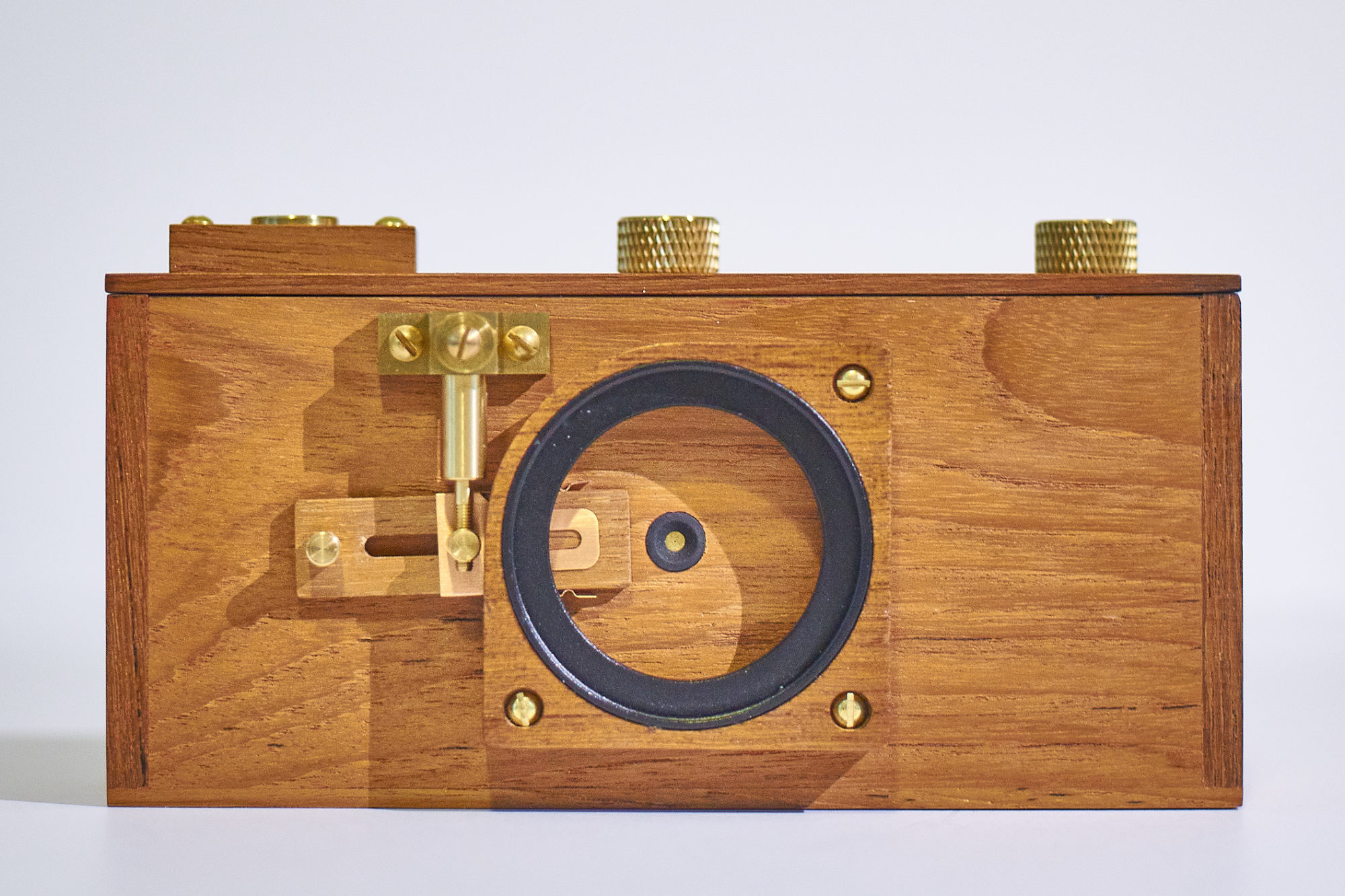
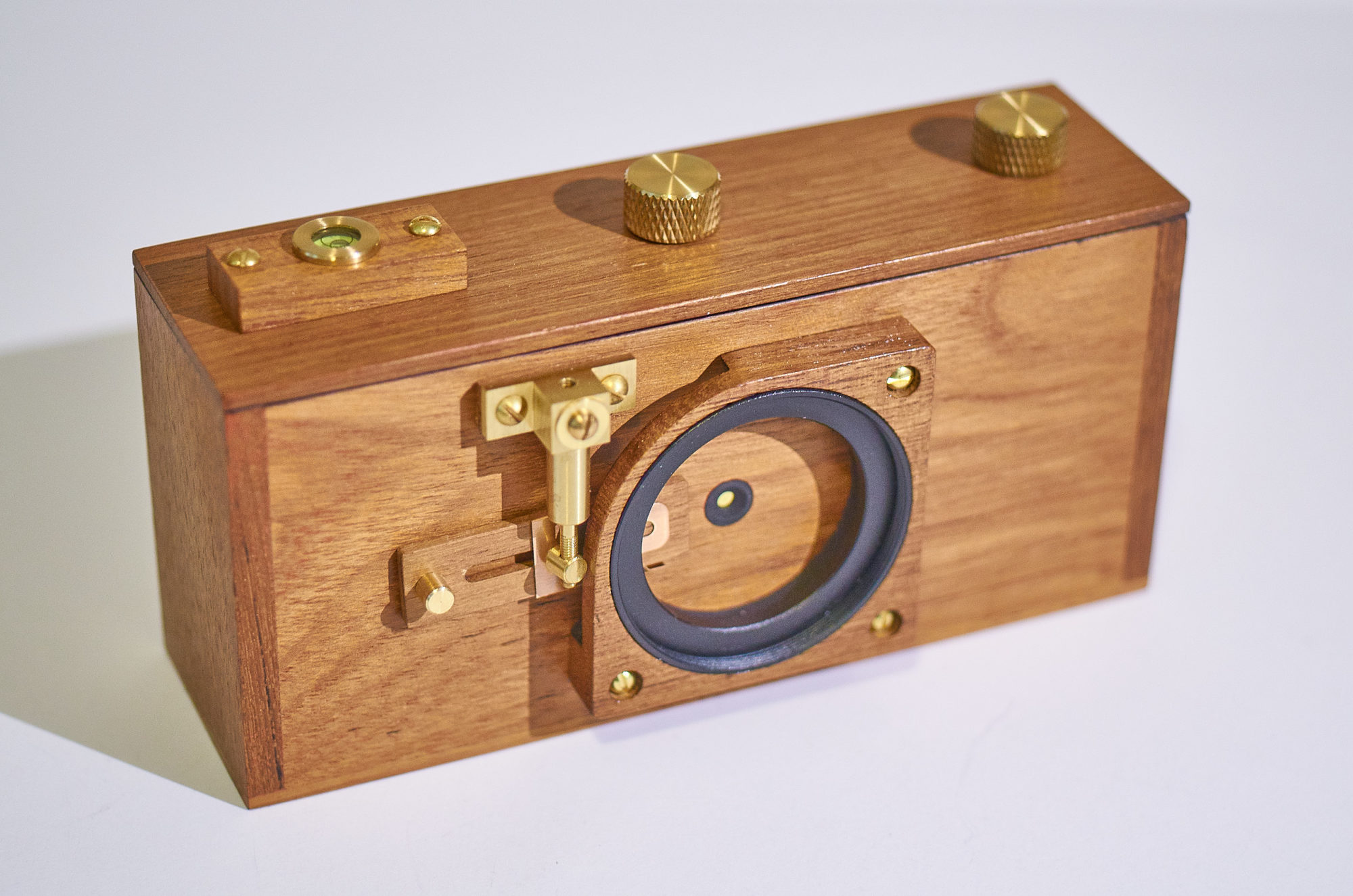
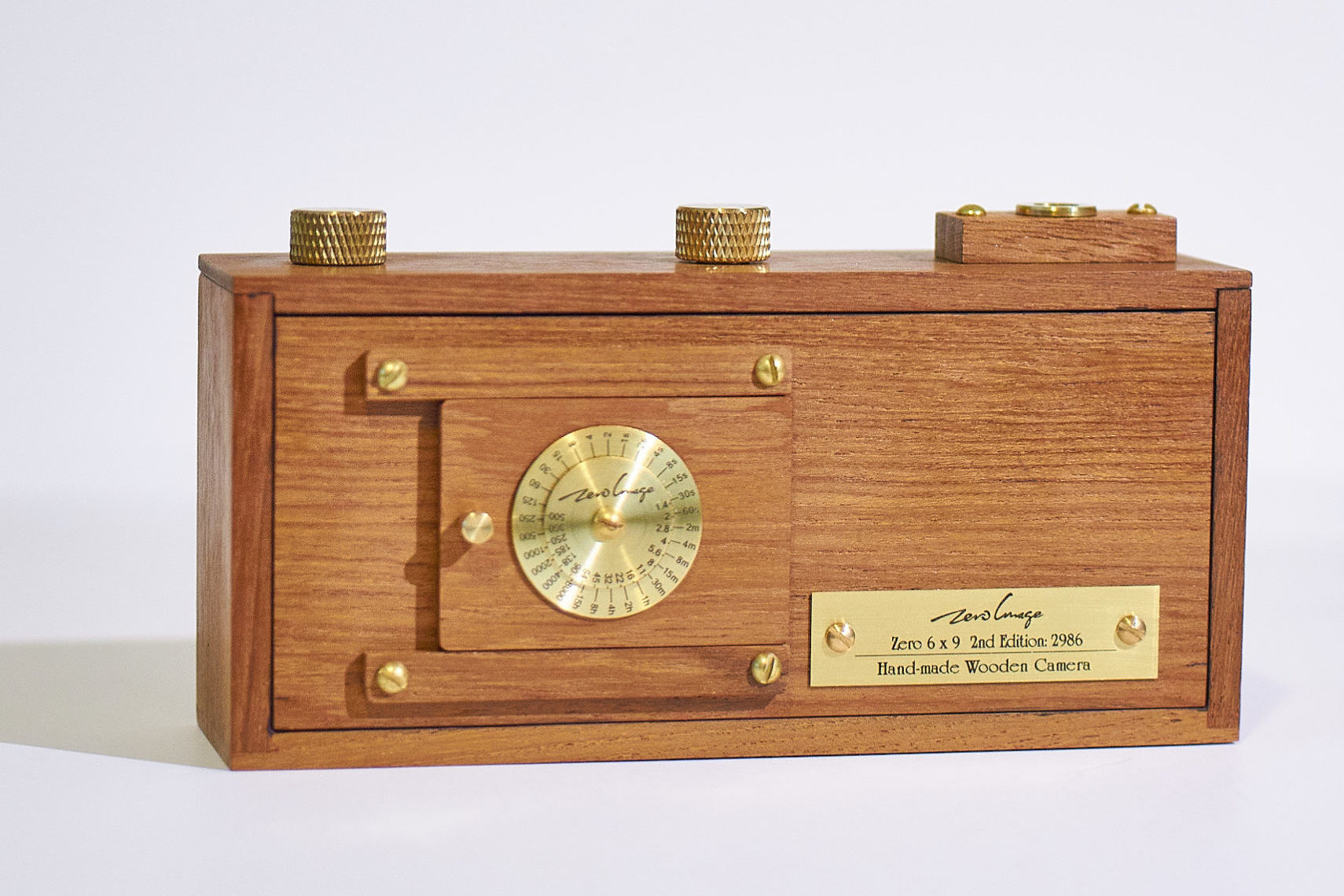
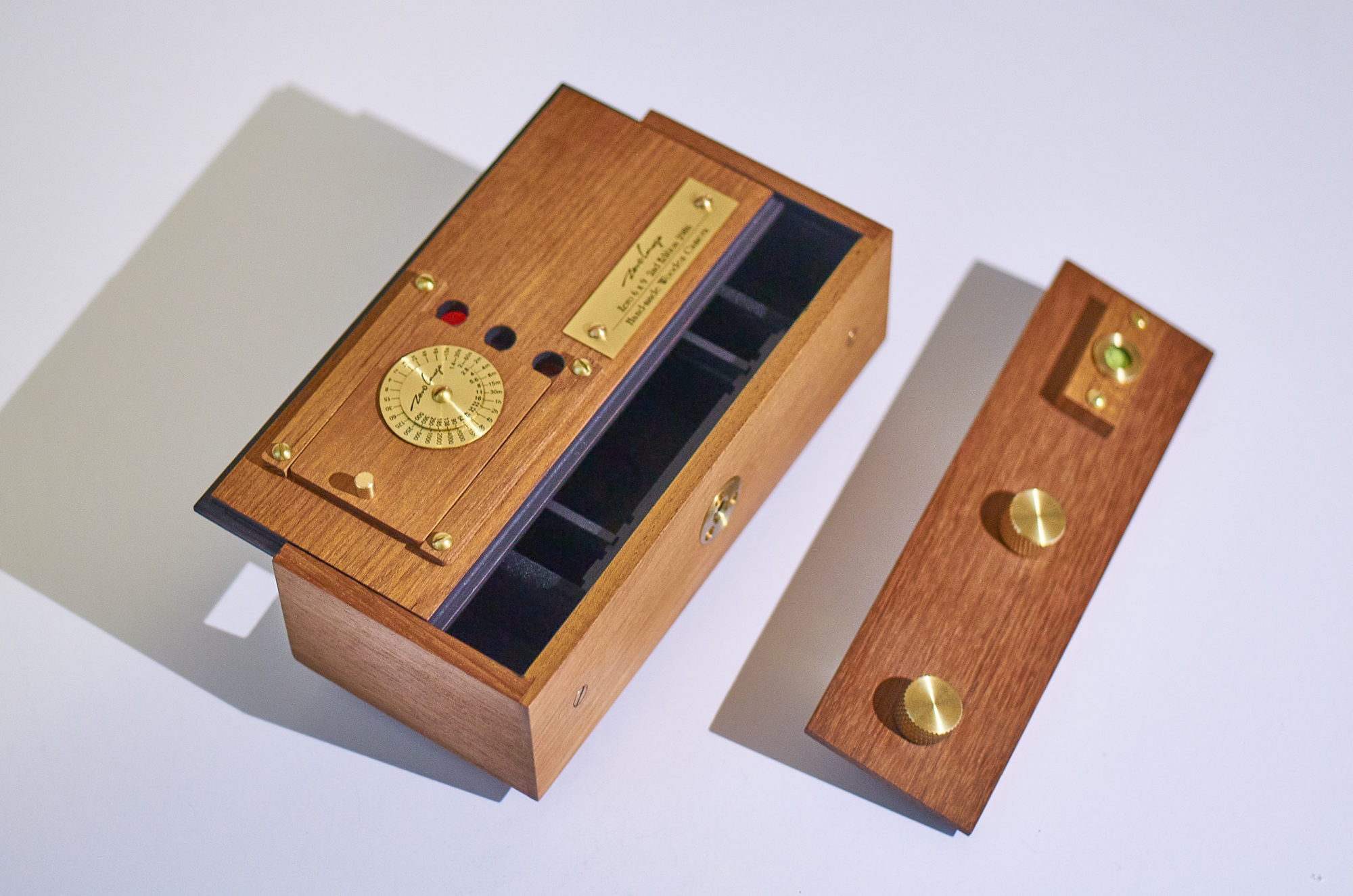
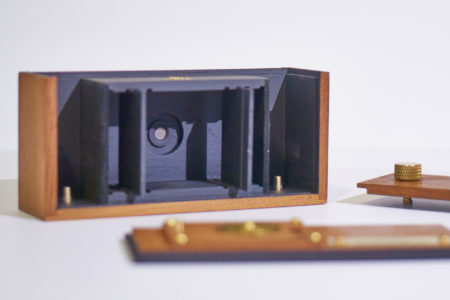
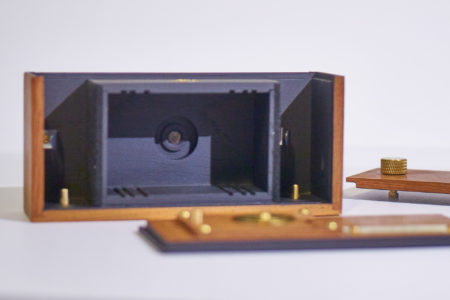
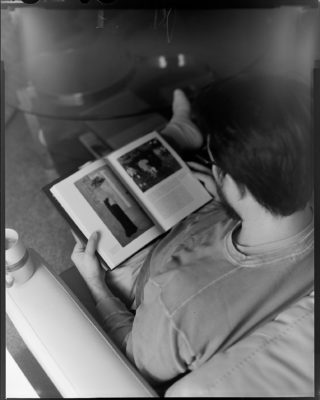
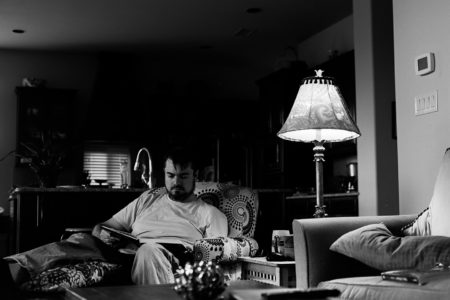
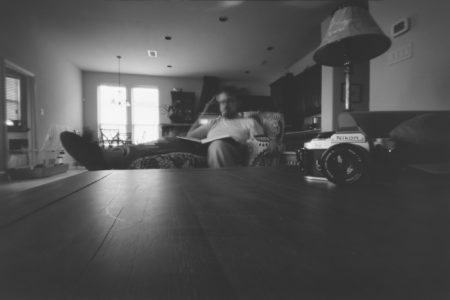
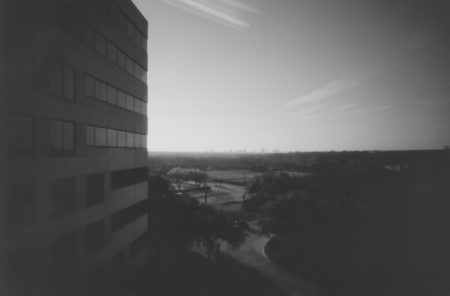
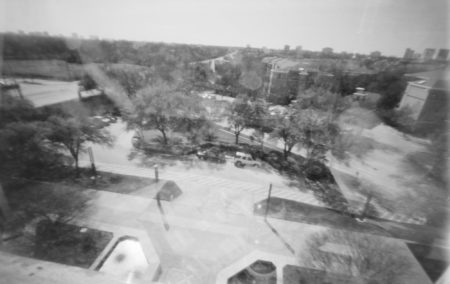
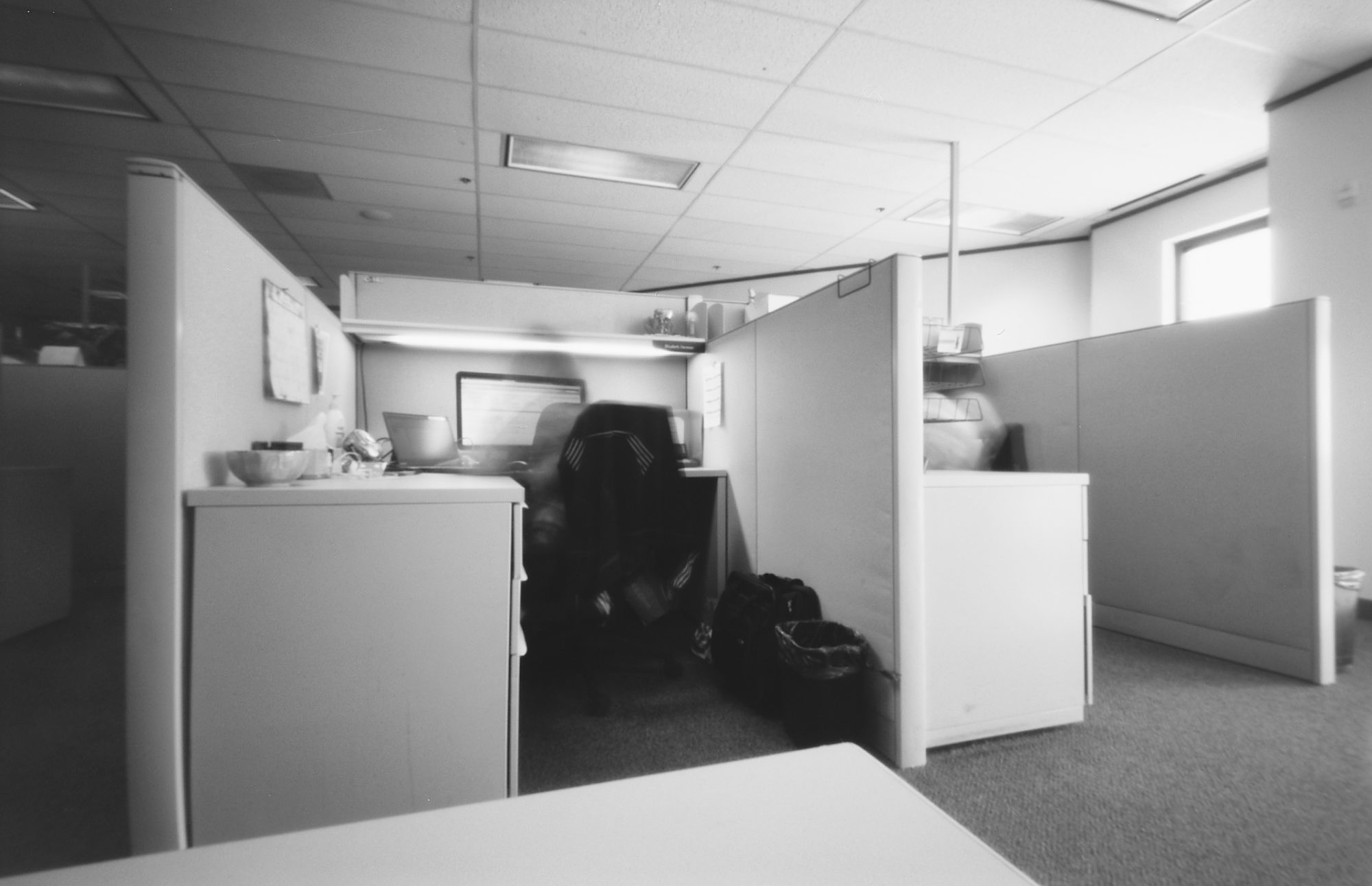
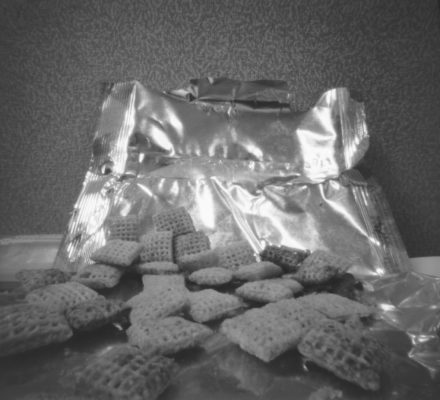
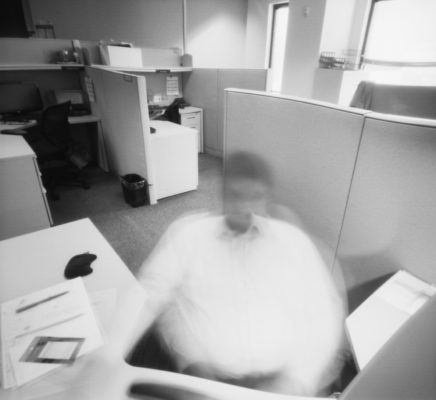
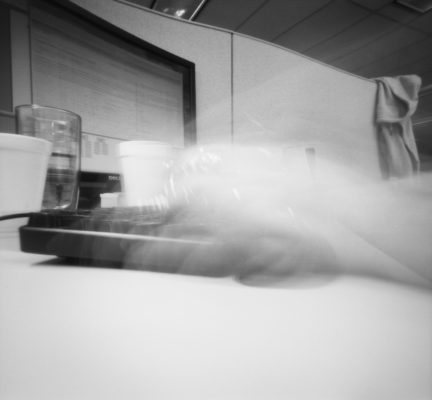
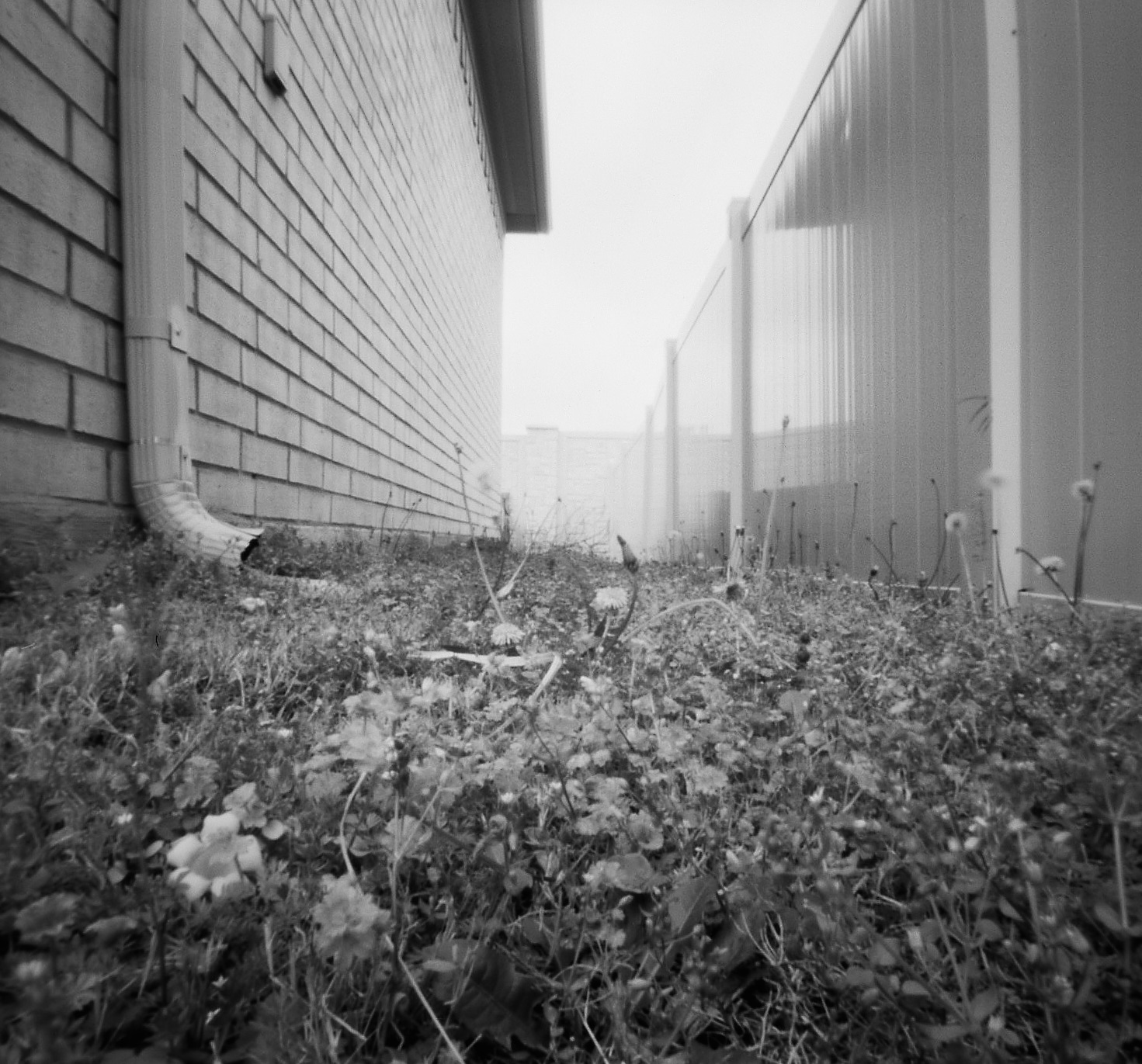
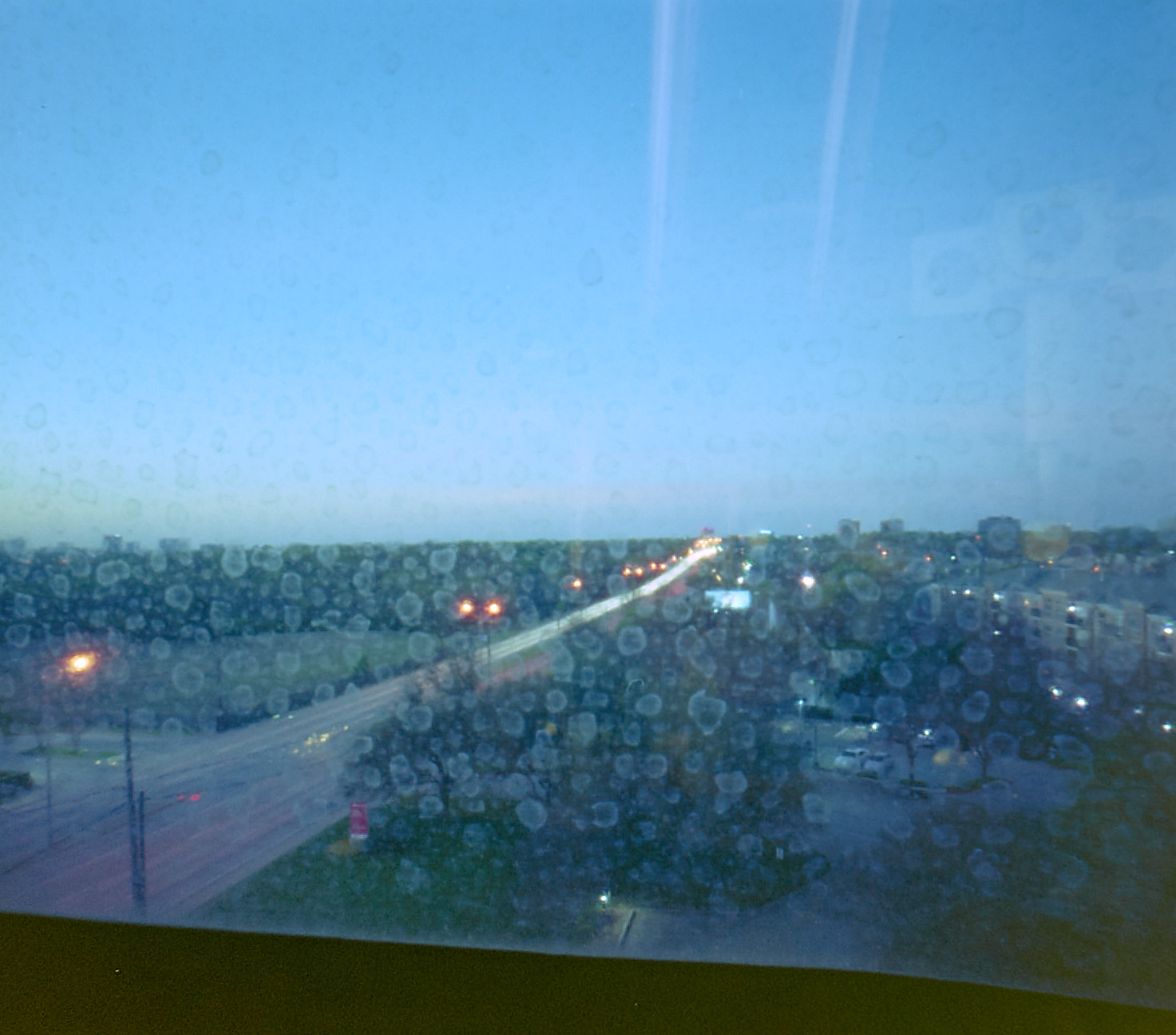
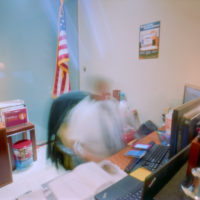
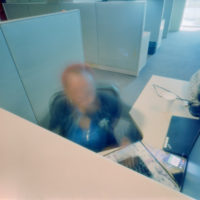

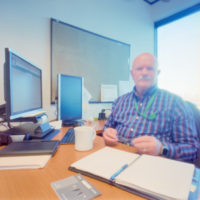
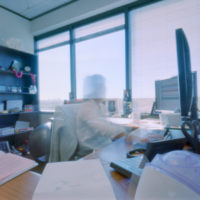
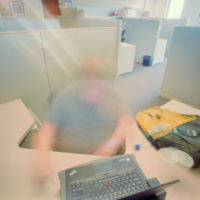
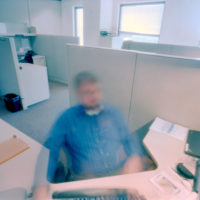
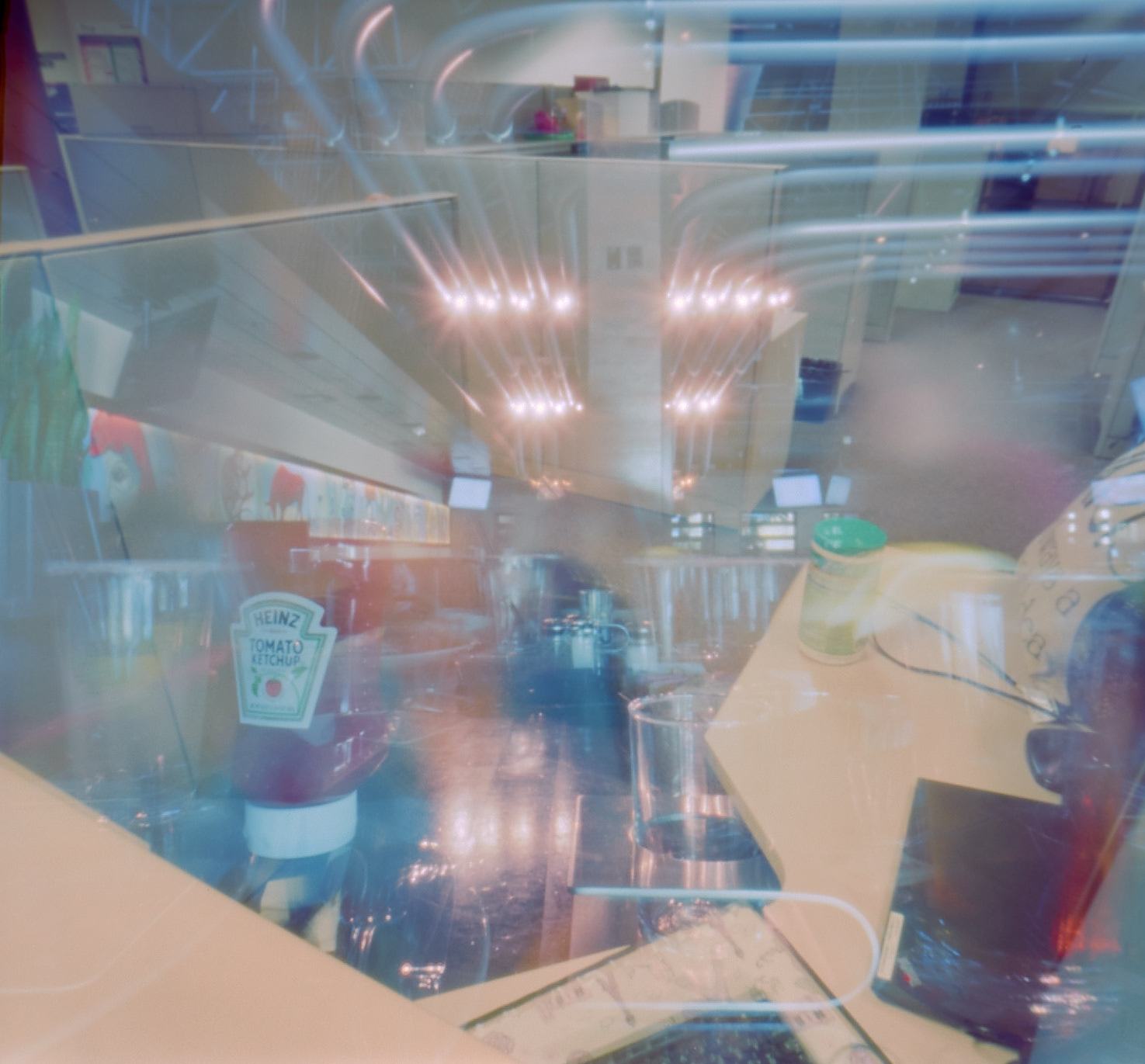
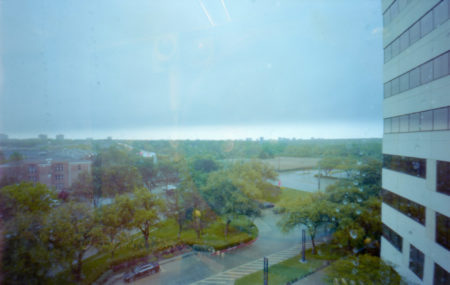
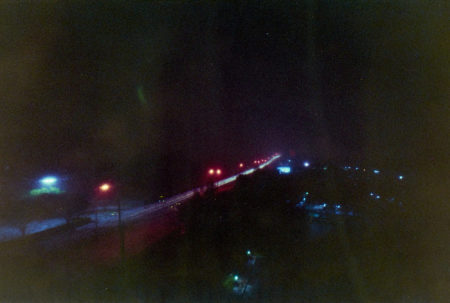
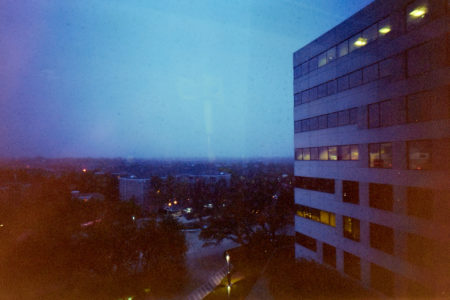
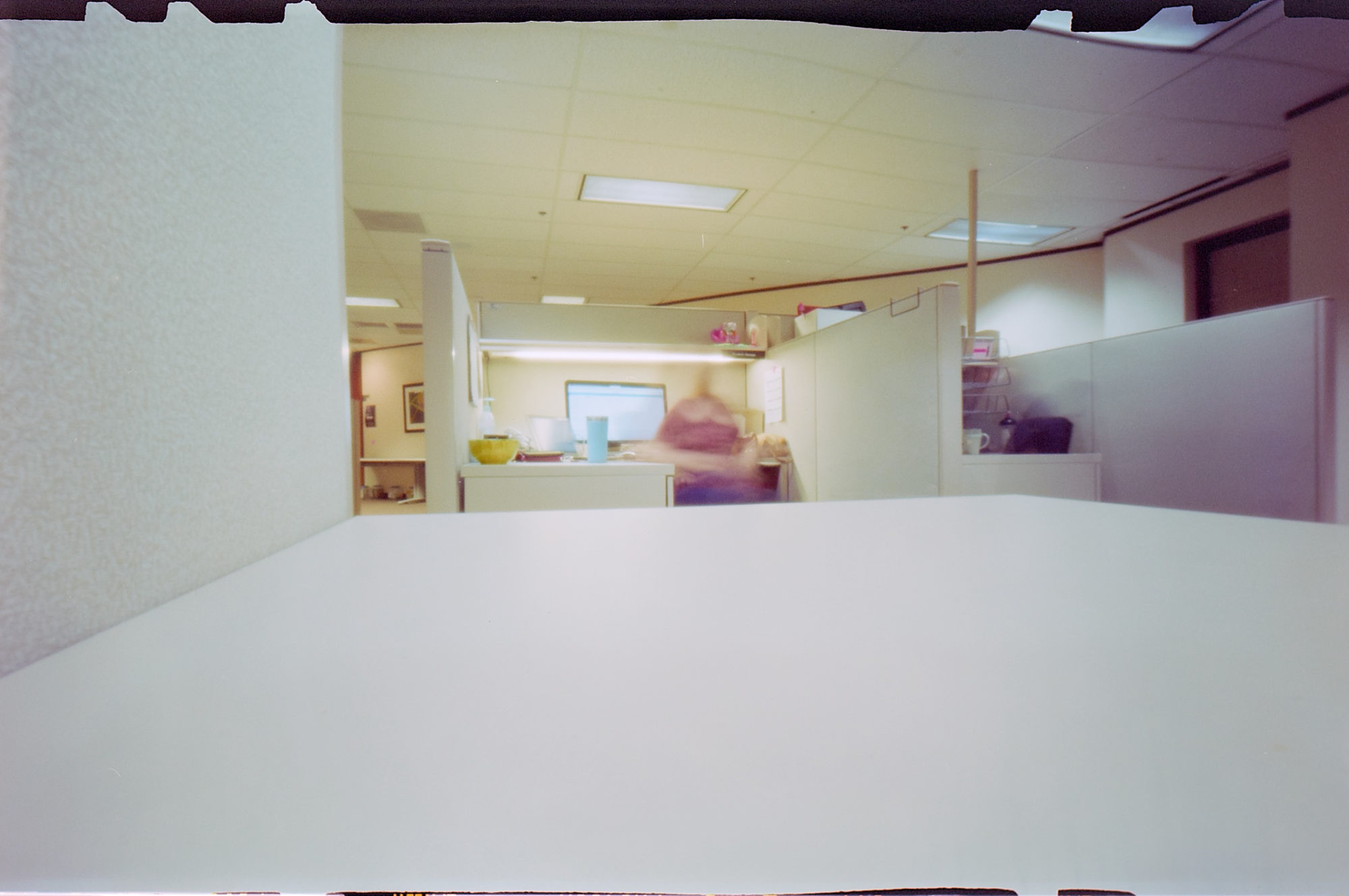
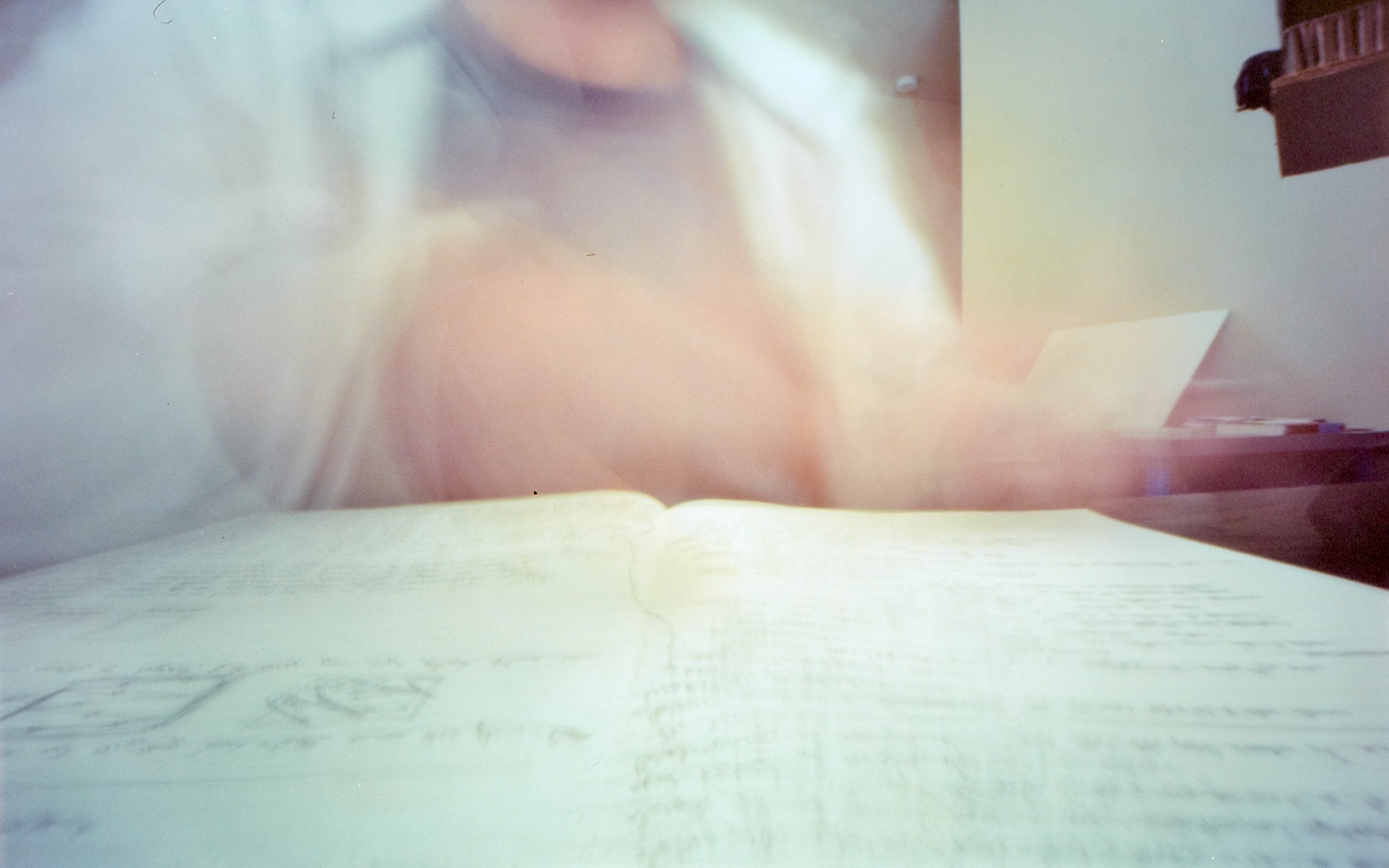
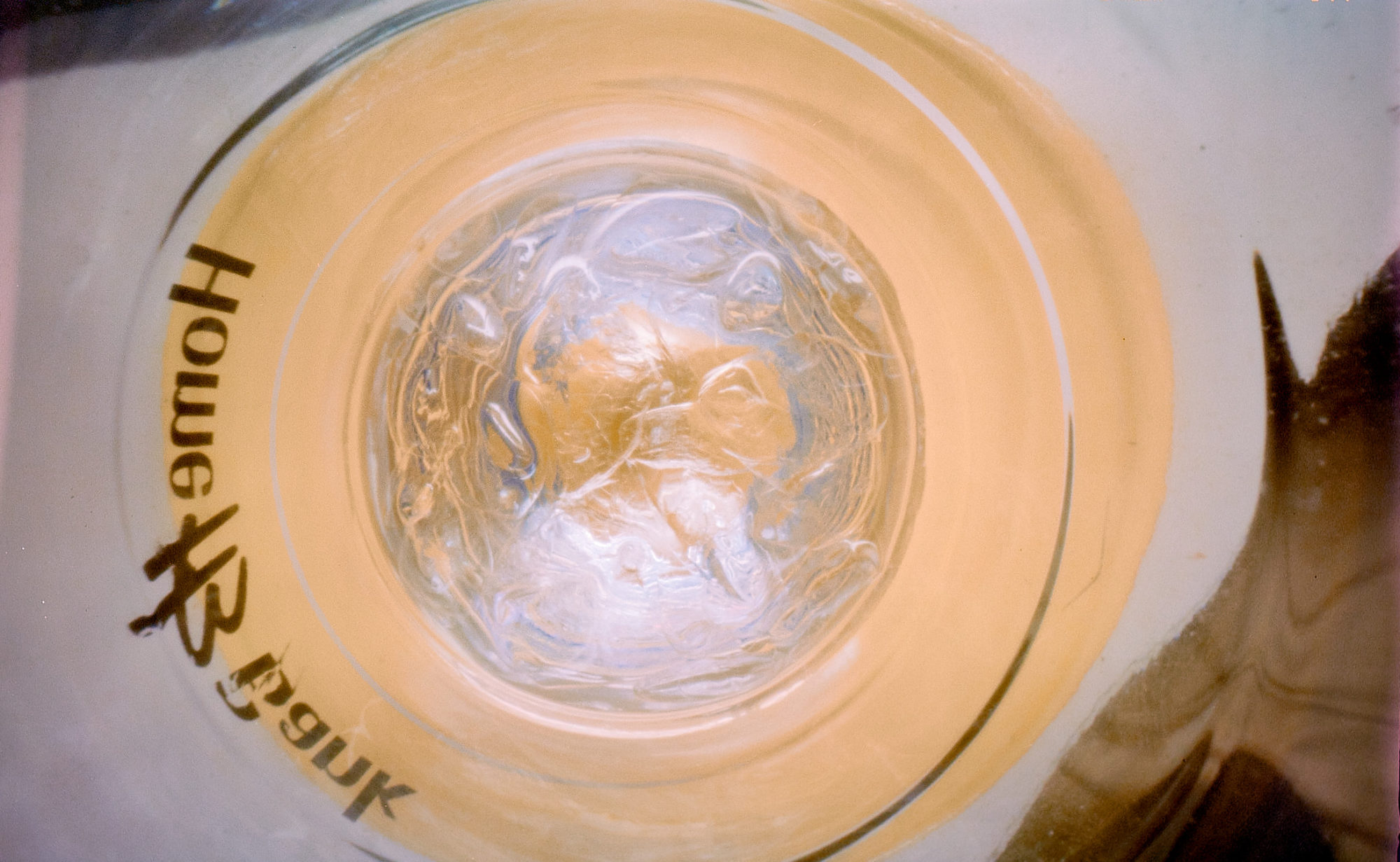
Hi, just received one of these, very useful to see this article.